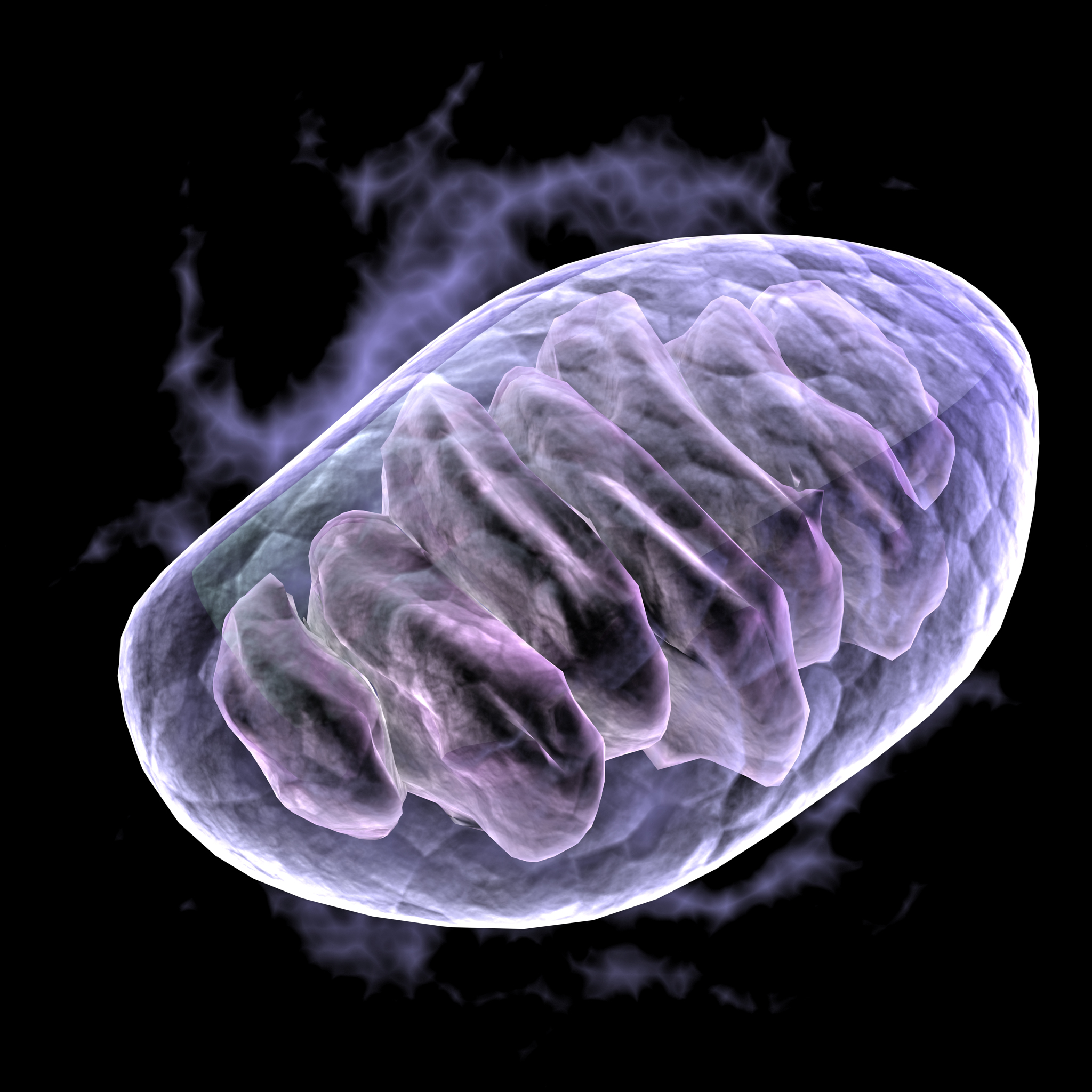Researchers Find Lupus Immune Reactions are Triggered by Neutrophil Oxidized Mitochondrial DNA
Written by |

Texas researchers found that neutrophils, a type of immune cell, release oxidized mitochondrial DNA, triggering immune reactions in systemic lupus erythematosus (SLE). The findings provide insights into key disease mechanisms, which might be employed in the development of new therapies for this complex and devastating disease.
The research team at Baylor Institute for Immunology Research, Texas, had previously observed these cells react to autoantibodies by releasing some of their own DNA – an action triggering further immune reactions in plasmacytoid dendritic cells that release type-1 interferons – signaling factors that initiate a strong inflammatory response.
Now, in the study titled “Oxidized mitochondrial nucleoids released by neutrophils drive type I interferon production in human lupus“ published in The Journal of Experimental Medicine, researchers further explored this process, finding the released DNA came from mitochondria within neutrophils.
These cellular powerhouses, supplying cells – and ultimately the whole body – with energy, have their own DNA, housed in structures called nucleoids. Since mitochondria hold an array of oxidizing enzymes necessary for energy production, they always suffer a risk of their DNA becoming oxidized. This is, however, a process usually taken care of in healthy individuals, where mitochondria take apart their nucleoids and send oxidized DNA for destruction in another cellular structure called the lysosome, specializing in degradation and recycling of old or faulty cellular components.
The team discovered that in lupus, certain autoantibodies directed at the patients’ own DNA or RNA complexes blocked the process of nucleoid disassembly, leading to accumulation of oxidized DNA within the mitochondria. The DNA was eventually released from the cell, activating the plasmacytoid dendritic cells that started to produce type-1 interferon, just as the team had previously observed. Moreover, the release of oxidized DNA also led to a generation of autoantibodies.
Interestingly, the team noted the same thing happened when healthy mitochondria were exposed first to interferon and then to those particular lupus autoantibodies. “Therapeutic efforts to enhance pathways involved in oxidized mitochondrial DNA degradation should be explored in human SLE, a disease for which only one new drug has been approved in the past 50 years,” said senior author Virginia Pascual in a press release.




